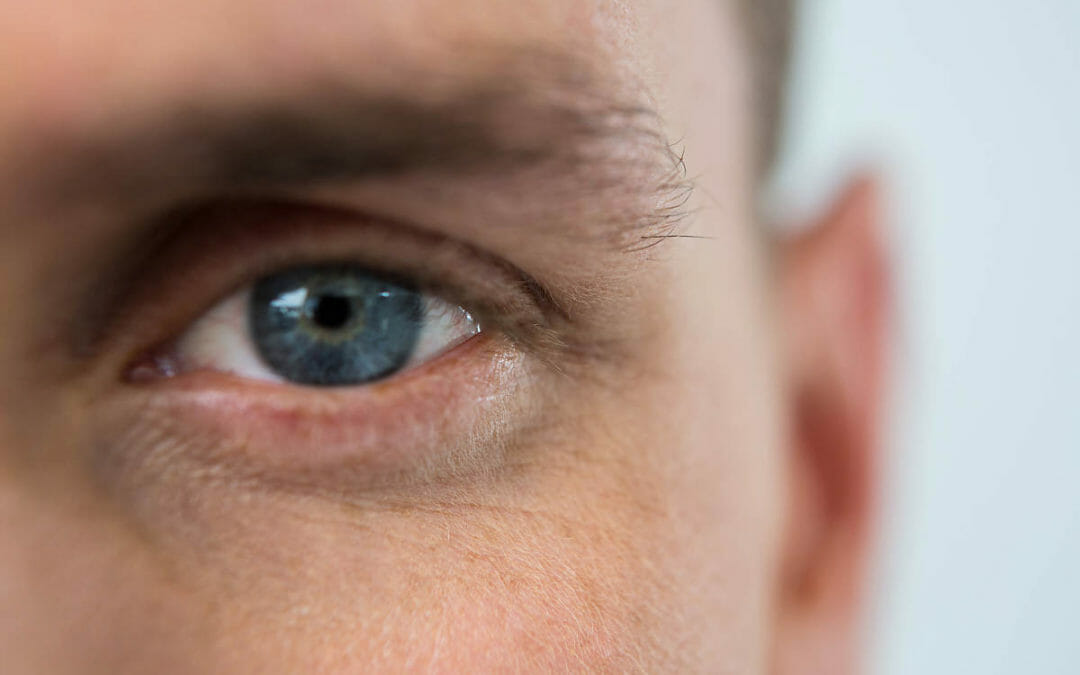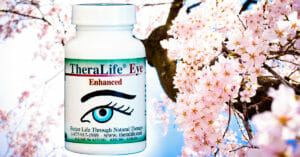Sleepers in eyes – crust is the mix of blood and tears accumulating during a night’s sleep. It may signal a serious disease. Imagine the sunrise breaking up. Turn on your alarm, stretch your arms to greet you in the morning.
Sleep crust also termed eye gunk is quite common. A mixture of mucus, tears and skin cells may be present during your snoozing process.
Eye discharge: What causes “sleepers in eyes”?
Eye discharge or sleep is the accumulation of mucus, oil, skin, lipids and other debris at the corners of the eye during sleep. The liquid is usually wet and sticky or dry and crusty depending upon how much liquid evaporates.
The terms commonly associated with eye discharge include goop and swollen eyes. Eye discharge can protect the skin by eliminating debris from the tear film and removing any dirt.
What causes your eye crust – sleepers in eyes?
Some things cause eye crusts, also called rheum, says the doctor. The surface of your eyes can sometimes form in your eyes and cause lashes to clump. The reasons for this could be simple as well as medical.
Natural causes of sleepers in eyes
Blinks serves to scrub and wipes away dirt from your eye. When we sleep we don’t blink but this waste material is washing up in our eyes. Sometimes it is enough that there is enough dust in your eyelid.
Those allergic to gluten might experience a rash or itch during specific seasons. It has an inherent cause.
You might be surprised to learn that our eyes produce mucus throughout the day, but a continuous thin film of tears washes the mucus from our eyes as we blink. Blinking flushes out the rheum before it hardens, but when we’re asleep, we aren’t blinking. This is why the eye discharge collects at the corners of our eyes overnight, and we wake up with crusty
Note for Parents Babies and blocked tear ducts Many babies are born with obstructed tear ducts — the tubes that drain tears from the surface of the eyes to the nasal cavity — causing watery eyes and (sometimes) eye discharge.
How Does Eye Gunk Form?
When we awake, tears keep the eye wet and healthy. The blink removes normal mucus produced in conjunctiva and meibomian glands. We can’t blink during sleep so eye discharge can accumulate on our brows and eyelashes. Normal eye drainage is either dry or hard crust.
At night, when a person does not blink, the mucus can build up. Sealed eyelids allow it to build up along the eyelashes and in the tear ducts.
Is Sleep Crust (sleepers in eyes) Normal?
It’s normal to find crusty residues on corners and on the eyelashes at night. The substance may appear yellow, hard and brittle, clear and sticky or thin and dreary.
Although some eye goop aren’t the usual sleep crusts it is likely to be the sign of a serious eye infection.
Blepharitis
Blepharitis causes crusted eyes at the top of your eyelids during sleep, which can affect the brows or lashes.
Dry eye
Dry eye is an extremely common disorder which leaves eyes watery and sticky.
And eye crust forms from more than just sleep — it can also be a sign of infection or that something is wrong with your eyes
Causes of eye discharge- sleepers in eyes
Sleeping in your eyes is usually not an issue, but you can see differences in colour and volume in the eye gunk that indicate an eye infection.
And eye crust forms from more than just sleep — it can also be a sign of infection or that something is wrong with your eyes
If your eyes seem to be extra-sticky, relax and leave the washcloth on there for a few minutes. Vision problems such as pink eye (conjunctivitis) or dry eyes.
A blocked tear duct :
This can cause sticky, thick eye mucus, and may be painful.
Bacterial Conjunctivitis
If the discharge is yellow or green, that can be a sign of bacterial conjunctivitis (a common form of pink eye). In that case, you should see an ophthalmologist. There are also chronic conditions like blepharitis (a type of inflammation), dry eye, and allergic conjunctivitis that can also cause sleep crust.
Contact Lenses
Contact lenses can dry up and become stuck in the eye and may roll near the top of the eyelid. An eyelash or other small object can also irritate the eye. The eye will become very watery and tender and may be sensitive to light and produce mucus.
Eye infections in sleepers in eyes
How to Tell if You Have Pink Eye?
Eye discharge is generally no cause for alarm, but excessive discharge – especially if it’s green or yellow or accompanied by vision issues – should be examined by an eye doctor. Increased eye mucus may be a sign of a more serious condition, such as pink eye .
Below are several pink eye symptoms to watch for:
- Redness in the white of the eye or inner eyelid
- Increased amount of tears
- Thick yellow discharge that crusts over the eyelashes, especially after sleep
- Green or white discharge from the eye
- Itchy eyes
Aside from conjunctivitis, there may be other diseases affecting the eyelids which result in abnormal eyesight. Among these are eye herpes (a persistent viral infection) a fungal corneal inflammation causing swollen eyes and Acanthamoeba keratosis.
A patient may experience eye disease as clear as it is watery. Then you’ll see an eye doctor quickly if it’s necessary.
If the infection is viral, the discharge is less colored, not the yellow or green discharge of bacterial conjunctivitis.
During the exam, your eye doctor will likely use a cotton swab to collect a sample of fluid from the eyelid to be analyzed. This will confirm the cause of your pink eye and determine the appropriate treatment.
It’s best to consult with your doctor — as there are so many overlapping symptoms between viral and bacterial conjunctivitis, treatments can differ.
Dry eyes in sleepers in eyes
Dry eyes can result mainly from inadequate tear production from the meibomian gland causing irritation or inflammation to the skin of the eyes ( blepharitis). It can also be difficult to see with a dry eye. Sometimes dry eye causes a watery eye discharge.
Using eye drops may help to treat and prevent eye boogers caused by dry eye.
Dry eye When you have chronic (or even occasional) dry eye , your eye may produce stringy mucus. This can result in an accumulation of eye crust that’s gritty or sticky.
Home remedies for sleepers in eyes
If eye crust is your only symptom, you can probably treat it at home.
Keep Your Eyes Clean Although it’s tempting to rub your eyes with your hands in the morning, try to resist. It’s never a good idea, as germs on your hands could lead to an eye infection.
The best way to clean your eyes (and, it feels good!) is to lay a washcloth soaked with very warm water on your eyelids and lashes and gently clean them. If your eyes seem to be extra-sticky, relax and leave the washcloth on there for a few minutes.
One thing that might offer relief is showering before bed. We collect dust, pollen and other allergens throughout the day, so washing your hair and your face can help rinse them away.
Cold compresses and over-the-counter (OTC) eye drops can also help, but be sure to consult your doctor if inflammation and discharge worsen.
Best treatment for dry eyes and blepharitis – Theralife
References for sleepers in eyes
Signs of abnormal eye discharge. (n.d.) https://silversteineyecenters.com/blog/2014/12/signs-of-abnormal-eye-discharge/ Tear duct obstruction and surgery. (2015, February)





